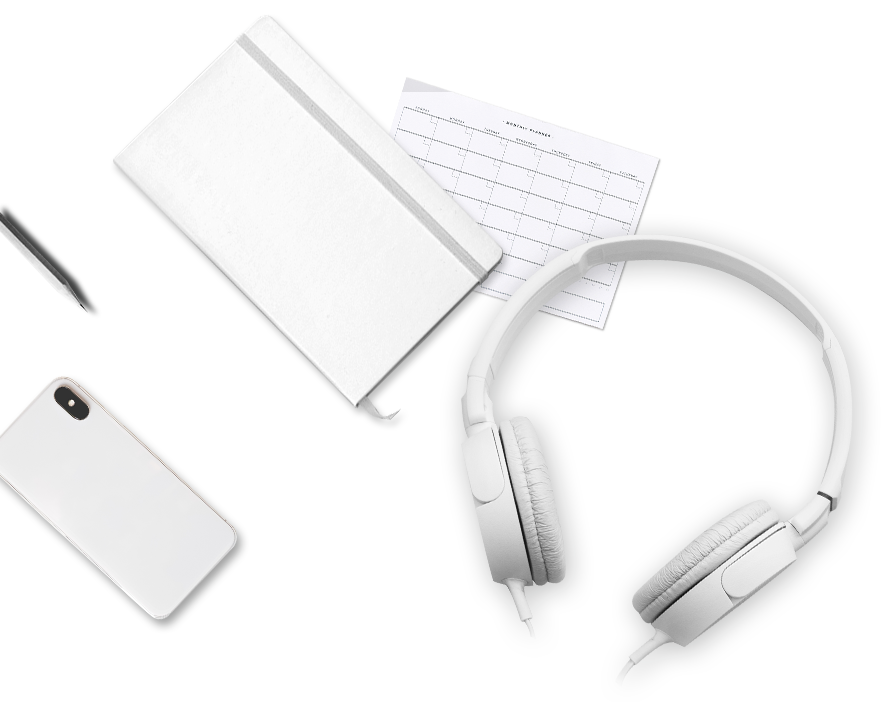
If you're an Indian learner dreaming of reading Korean dramas, singing K-pop lyrics, or understanding BTS without subtitles, it all starts with one thing: Hangeul (한글) — the Korean alphabet.
The good news? You can master Hangeul in just one day. Yes, it’s actually possible, and here’s why.
What Is Hangeul?
Hangeul is the Korean writing system. Created in 1443 by King Sejong the Great, it was designed to be so easy that even commoners could read and write. Unlike Chinese or Japanese, which involve hundreds or thousands of characters, Hangeul has just 24 basic letters:
- 14 consonants
- 10 vowels
Once you learn these, you can literally read anything written in Korean.
Why Is It So Easy for Indian Learners?
1. It’s Based on Sound and Shape
Each letter shows the shape of your mouth or tongue when you say it. For example:
- ㄱ (g/k) = back of the tongue
- ㅁ (m) = lips
This makes the learning scientific and intuitive, unlike English spelling which is often irregular.
2. You Already Understand Syllable Blocks
Just like Hindi uses syllables (e.g. का, मा, पा), Korean puts letters into syllable blocks like:
- 가 (ga)
- 나 (na)
- 다 (da)
This feels natural to Indian learners who use similar systems.
3. It’s Phonetic and Consistent
If you can read the letters, you can pronounce any word. There are no silent letters or spelling surprises.
Example:
- 한글 = han-geul
- 인도 = in-do (India)
Step-by-Step Plan to Master Hangeul in One Day
Hour 1-2: Learn the Consonants
Start with the basic 14 consonants. Write each one 5 times and say it aloud.
| Letter | Sound | Example |
|---|---|---|
| ㄱ | g/k | 고기 (gogi = meat) |
| ㄴ | n | 나무 (namu = tree) |
| ㄷ | d/t | 다리 (dari = leg) |
| ㄹ | r/l | 라면 (ramyeon = noodles) |
| ㅁ | m | 물 (mul = water) |
| ㅂ | b/p | 밥 (bap = rice) |
| ㅅ | s | 사과 (sagwa = apple) |
Hour 3-4: Learn the Vowels
| Letter | Sound | Example |
|---|---|---|
| ㅏ | a | 아빠 (appa = dad) |
| ㅓ | eo | 어머니 (eomeoni = mom) |
| ㅗ | o | 오이 (oi = cucumber) |
| ㅜ | u | 우유 (uyu = milk) |
| ㅡ | eu | 그 (geu = that) |
| ㅣ | i | 이름 (ireum = name) |
Repeat and combine consonants and vowels to build syllables like 가 (ga), 나 (na), 바 (ba).
Hour 5-6: Practice Syllables and Words
Start reading simple words:
- 엄마 (eomma = mom)
- 아빠 (appa = dad)
- 학교 (hakgyo = school)
Read them slowly and focus on pronunciation. Use a notebook to write them down with meaning and pronunciation.
Hour 7-8: Read Korean Around You
Try reading:
- BTS lyrics
- K-drama titles
- Korean restaurant menus
- Korean product labels
Example:
- 김치 (kimchi)
- 서울 (Seoul)
- 불고기 (bulgogi = Korean BBQ)
Hour 9-10: Watch a Video and Practice Writing Sentences
Watch a beginner-friendly video like this one from Learn Korean with LKI:
Watch: Korean Script Hangeul Course - Introduction
Try writing:
- 제 이름은 ____입니다 = My name is ____
- 저는 학생입니다 = I am a student
Write and read each sentence 5 times.
Common Mistakes to Avoid
- Mixing similar letters (ㄱ vs ㄴ, ㅂ vs ㅍ)
- Reading only romanized Korean (you’ll never master pronunciation this way)
- Trying to memorize long words too early
Stick to mastering letters and syllables first. Then build up your vocabulary.
How to Practice After One Day
- Write 5 new words every day
- Label items around your room in Korean
- Join a beginner Korean class like LKI’s Korean Level 1 Course
- Use free resources on LKI YOUTUBE to practice with worksheets and quizzes
You don’t need months or fancy classes to start learning Korean. With one dedicated day, a notebook, and a little interest, you can read your first Korean word by tonight.
And once you can read Hangeul, your K-pop, K-dramas, and Korean food adventures become 10 times more exciting.
Still doubting? Visit LKI YOUTUBE, where thousands of Indian learners like you are already mastering Hangeul and speaking Korean confidently.

